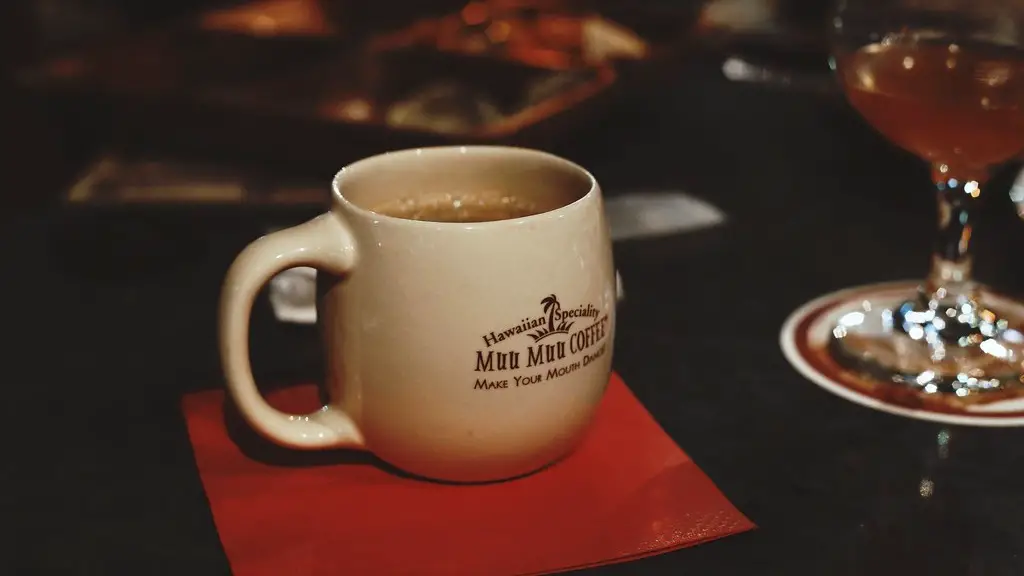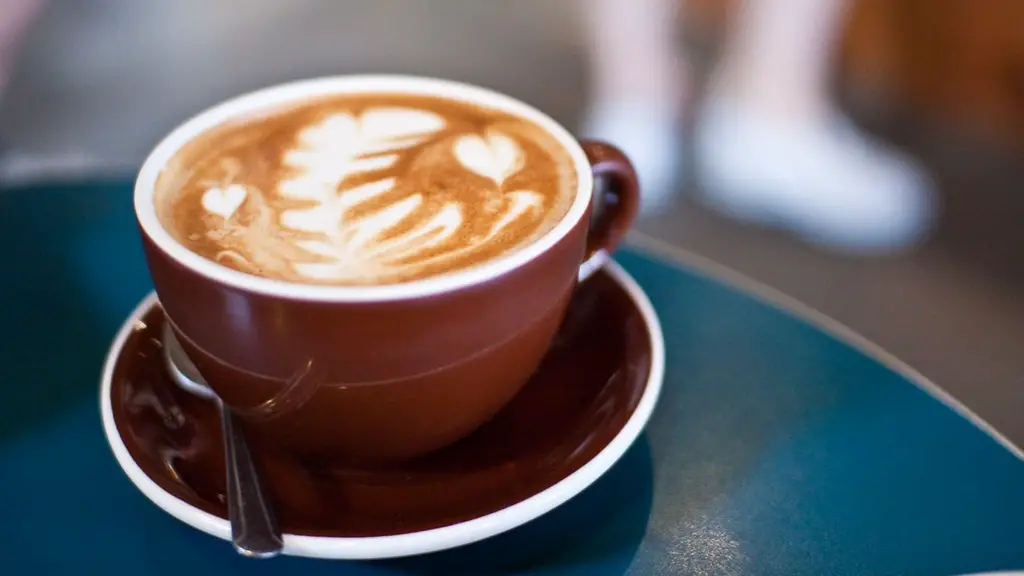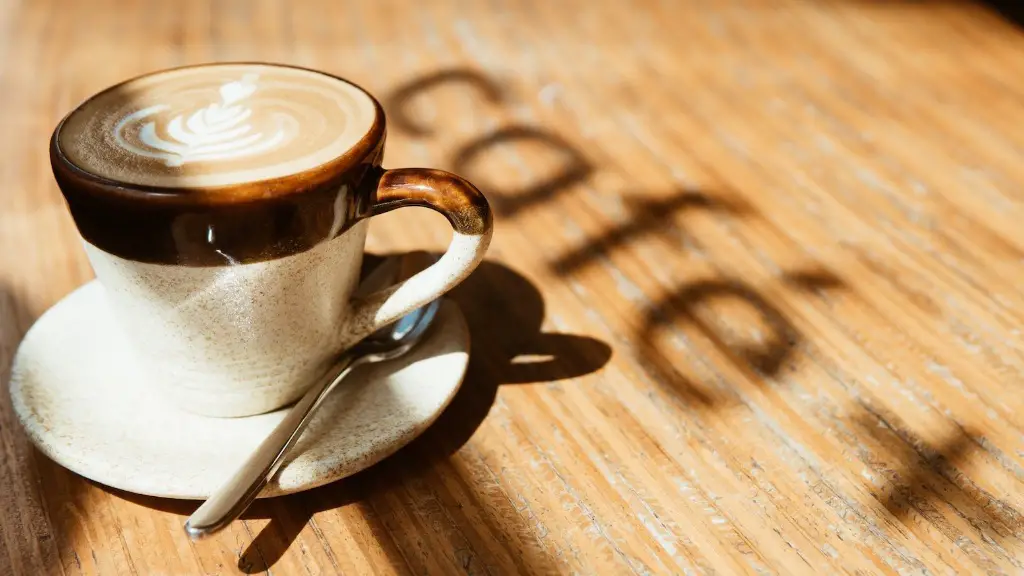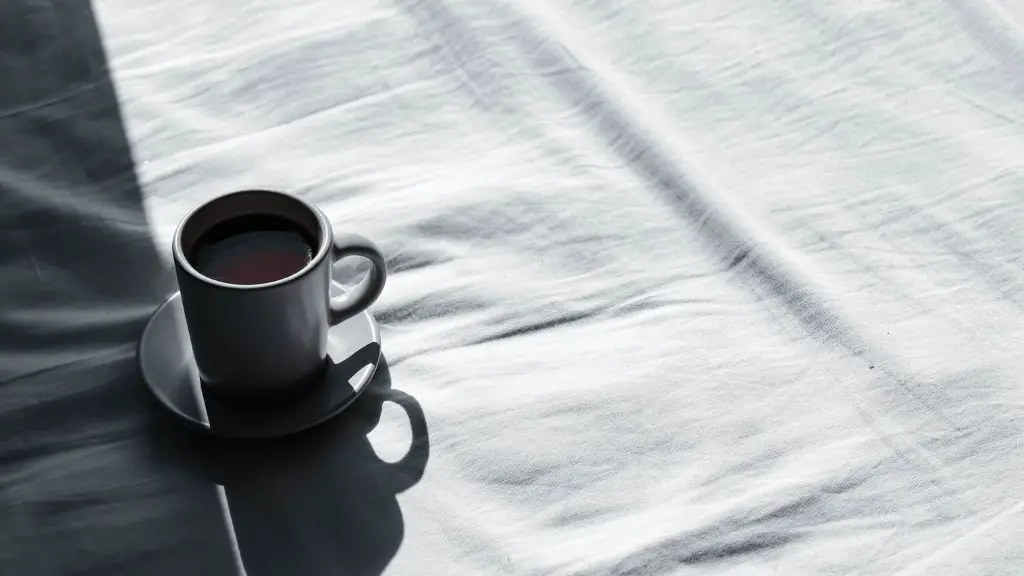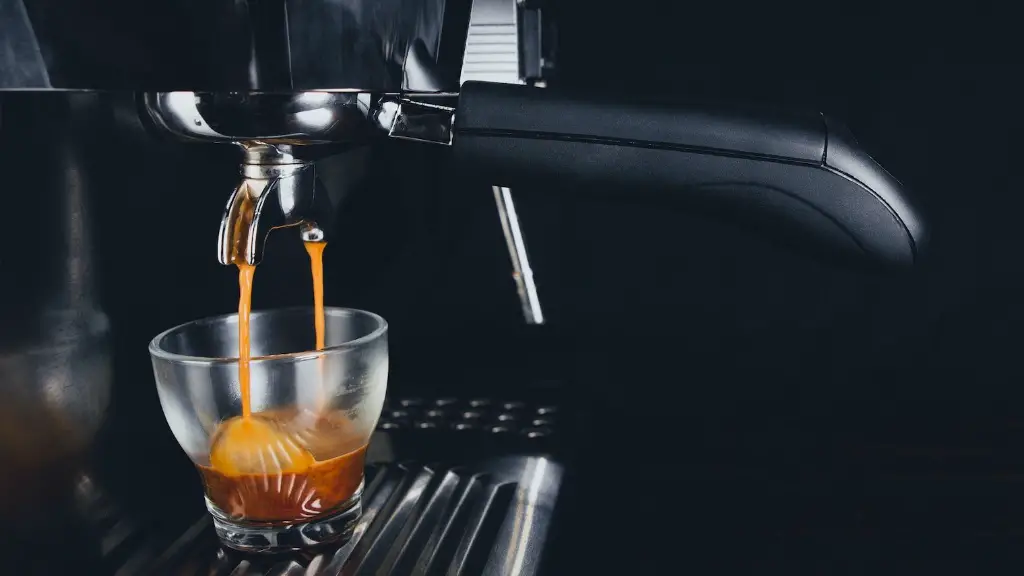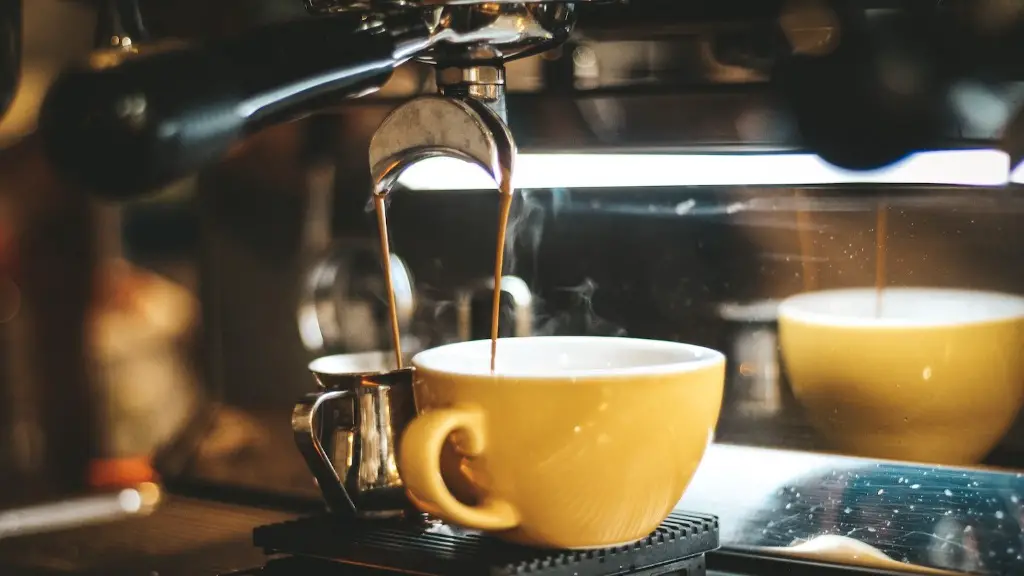One of the most common questions we get is “Can you grind coffee beans in a blender?” The answer is yes, you can definitely grind coffee beans in a blender. But should you? That’s a different question. We’ll go over the pros and cons of grinding coffee in a blender so you can make the best decision for your morning routine.
Yes, you can grind coffee beans with a blender.
Can you use a blender instead of a coffee grinder?
A blender is a great coffee grinder alternative. It comes with a blade system, which will chop the coffee beans just like a conventional coffee grinder. In fact, some blenders have a grinder setting, which is perfect for chopping coffee beans. However, you need to grind in small amounts.
If you’re a big coffee lover, you might want to invest in a grinder. Grinding your beans will give you the best flavor possible.
What is the best way to grind coffee beans without a grinder
A mortar and pestle is a great way to grind coffee beans because it gives you the most control over the size of the grind. You can grind coffee beans coarsely or ultra-finely with a mortar and pestle, depending on your preferences. This kitchen tool is simple and effective, and it’s a great way to make fresh, delicious coffee at home.
A mortar and pestle is a great way to get a consistent medium-fine to fine grind on your coffee beans. It will take a little time and elbow grease, but you should get excellent results. If you want more consistent results, try blitzing a scant 1/2 cup of whole beans at a time in a food processor.
What can I use if I don’t have a coffee grinder?
A blender can be a good substitute for a coffee grinder, as the blades can work in a similar way to grind the beans into coarse to medium-coarse grounds. Some blenders even have a specific setting for grinding coffee. However, it is important to note that using a blender may not produce the same results as a dedicated coffee grinder, and it may also be more difficult to clean the blender afterwards.
Putting hot liquids in a blender is a huge no-no. Hot liquids give off steam, and that steam quickly creates pressure in a blender. Because of this, the blending process can cause the liquid to explode and potentially burn anyone nearby.
Is it worth grinding your own coffee beans?
While buying pre-ground coffee to make at home, or in the office, is very convenient, it certainly isn’t the best way of getting the most value from your coffee. If you’re already buying coffee from a specialty roaster, it’s definitely worth the investment in a coffee grinder.
A grinder is a kitchen tool that is used to grind or powder food. A blender is a kitchen tool that is used to mix, chop, crush, and puree ingredients.
Can you brew coffee beans without grinding them
We all know that grinding coffee beans releases the flavor and aroma of the beans. However, it is possible to brew coffee without grinding the beans. This may sound like a daunting task, but it is actually possible to do so. All you need is a coffee maker and some whole coffee beans.
Brewing coffee with whole beans may take a little longer than grinding the beans first, but it will still yield a delicious cup of coffee. And who knows, you may even like the flavor of coffee brewed with whole beans better than coffee that is ground first. So give it a try and see for yourself!
Adding coffee beans to your Magic Bullet and grinding them is an affordable way to get the fine grind you need for a great cup of coffee. Just be sure to use the appropriate settings for your coffee grinder so you don’t damage the beans.
How long does it take to grind coffee beans manually?
It takes on average one minute to grind coffee beans by hand for one cup. This time may vary depending on the type of hand grinder, the grind size (fine espresso takes longer than coarse cafetiere grind), and the strength of your coffee.
When making coffee, it is important to use quality water. This will make a big difference in the taste of your coffee. If you use tap water, be sure to let it sit for a few hours so that the chlorine can evaporate. Also, avoid using distilled water, as this can make your coffee taste flat.
Why do you spray coffee beans before grinding
The main reason people are encouraged to spray coffee beans prior to grinding is because this reduces the amount of static. Therefore you have less coffee grounds sticking to the side of your portafilter/grinder so you use all of the grounds whilst creating less mess.
Brewing coffee without a coffee maker is possible with a little bit of effort. Boil the water using whatever method you have access to and allow the coffee grounds to bloom. Add the coffee and salt to a small pot, jar, or coffee mug. Brew the coffee for four minutes and then strain out the grounds. Use a strainer to strain the coffee into a mug. Enjoy your homemade coffee!
Will a Ninja blender grind coffee beans?
You can absolutely grind coffee beans in your Ninja food processor! The sharp blades will help to break down the beans into small particles quickly and easily. This is a great way to save time and money, and to get the perfect cup of coffee every time. Thank you, Ninja, for making our lives easier!
It is important to grind coffee beans for the right amount of time in order to get the perfect cup of coffee. If the beans are ground for too long, they will be over-extracted and the coffee will be bitter. If the beans are not ground long enough, the coffee will be weak and watery. The grind time will also depend on the grind size – the finer the grind, the less time it will take to grind the beans. For the best results, it is important to use a uniform grind size and to make sure the grounds are evenly distributed.
Final Words
Yes, you can grind coffee beans with a blender. Just place the beans in the blender and pulse until they’re the desired consistency.
The short answer is yes, you can grind coffee beans with a blender. However, the results may not be as consistent as using a coffee grinder designed specifically for coffee beans. In addition, it is important to be careful not to overheat the beans, which can result in a loss of flavor.
